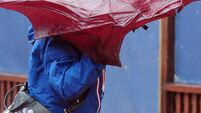Barnacles clue to MH370 plane mystery

Malaysia said the piece of debris, a 2-2.5 metre (6.5-8 feet) wing surface known as a flaperon, was from a Boeing 777, the same model as the missing Malaysian plane. Investigators in France are expected to have determined by tomorrow whether the piece came from MH370 or not.














